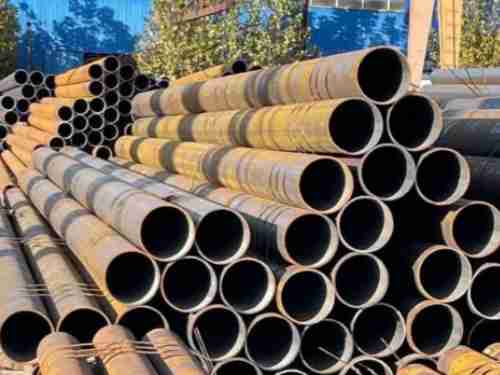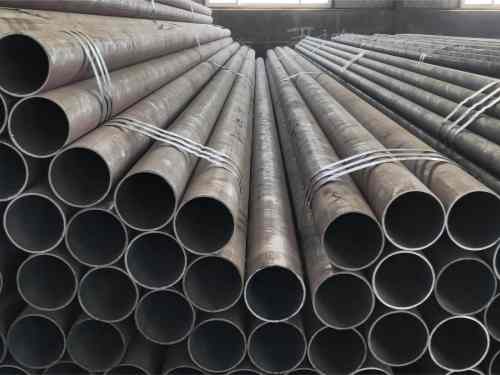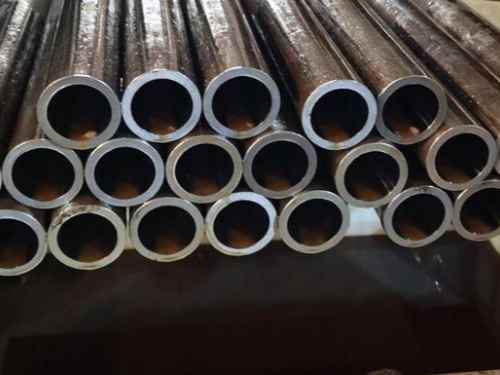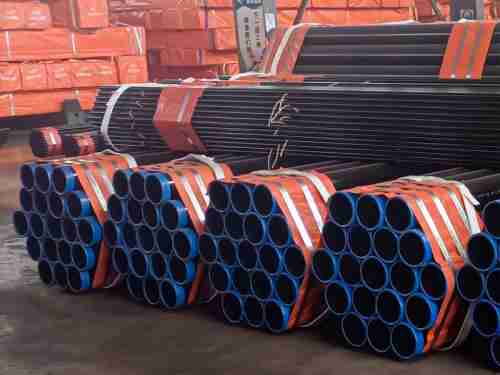Structural steel is a broad category that encompasses a variety of products, and steel beams are among the most recognizable and widely used components in construction. Of these, universal steel beams, often referred to as I beams, are particularly common due to their distinctive cross-sectional shape and versatile applications. This guide explores the significance of I beams in construction, detailing their uses, manufacturing processes, and key features that make them indispensable for builders and engineers.
What Are I Beams?
I beams, also known as H-beams, W-beams (wide flange), universal beams (UB), or rolled steel joists (RSJ), are structural steel components widely utilized in the construction of buildings, bridges, and other infrastructures. Their cross-section is shaped like the letter "I," consisting of two horizontal sections (flanges) connected by a vertical section (web). This unique design makes them incredibly strong and efficient in bearing loads.
Uses of I Beams in Construction
I beams are essential in a variety of structural applications, providing robust support and stability in both residential and commercial construction. They are commonly used in:
Building Frames: I beams form the backbone of building structures, providing primary support for the framework of both low-rise and high-rise buildings. Their strength is crucial in maintaining the integrity of the structure.
Bridges: Due to their excellent bending resistance, I beams are often used in bridge construction, helping to distribute the weight and reduce the risk of deformation over time.
Industrial Platforms and Ramps: In industrial settings, I beams are used to create strong, stable platforms, ramps, and loading/unloading docks.
Overhead Crane Systems: I beams are also used as rails for overhead crane systems, providing support for heavy machinery and ensuring smooth movement along the rails.
Advantages of Using I Beams
I beams are favored in construction because of several key advantages:
Structural Efficiency: The shape of an I beam, with its flanges at the top and bottom and the web in the middle, makes it highly efficient at resisting bending and shear stress. This design allows I beams to support heavy loads while minimizing material use, making them cost-effective and resource-efficient.
Load-Bearing Capacity: The I beam's unique geometry ensures that most of the weight is concentrated on the top and bottom flanges, providing optimal resistance to bending forces. The web helps to resist shear stress, allowing the beam to carry significant loads without buckling.
Minimal Waste: The manufacturing process for I beams produces very little waste, making them an environmentally friendly choice in construction projects. Steel is a sustainable material, and the efficient design of I beams reduces material consumption.
How Are I Beams Manufactured?
I beams are primarily produced through two methods:
Hot Rolling: In this process, steel billets or slabs are heated to a high temperature and then passed through a series of rollers that shape the steel into the I beam configuration. This method is commonly used for producing large quantities of I beams in a range of sizes.
Welding: Another manufacturing method involves welding three steel plates together to form the I beam shape. The vertical plate becomes the "web," while the two horizontal plates form the "flanges." This method is often used for custom or smaller runs of I beams.
Key Features of I Beams
Shape: The I beam’s cross-section is shaped like the letter "I," with a vertical web and horizontal flanges.
Web: The vertical center portion of the beam, known as the web, provides resistance to shear forces.
Flanges: The horizontal top and bottom sections of the beam, known as flanges, provide strength and resistance to bending forces.
Strength: The I beam’s geometry allows it to withstand significant bending and shear loads without warping or failing.
Weight Distribution: The I shape ensures that weight and resistance are concentrated at the top and bottom of the beam, optimizing its strength and bending resistance.
Conclusion
I beams are a cornerstone of modern construction, offering unparalleled strength and efficiency. Whether used in building frames, bridges, industrial platforms, or crane systems, I beams provide the structural support necessary for safe, durable, and cost-effective construction. Understanding the manufacturing processes, key features, and advantages of I beams helps builders and engineers select the right materials for their projects, ensuring both performance and sustainability in the long run.

 English
English Español
Español











